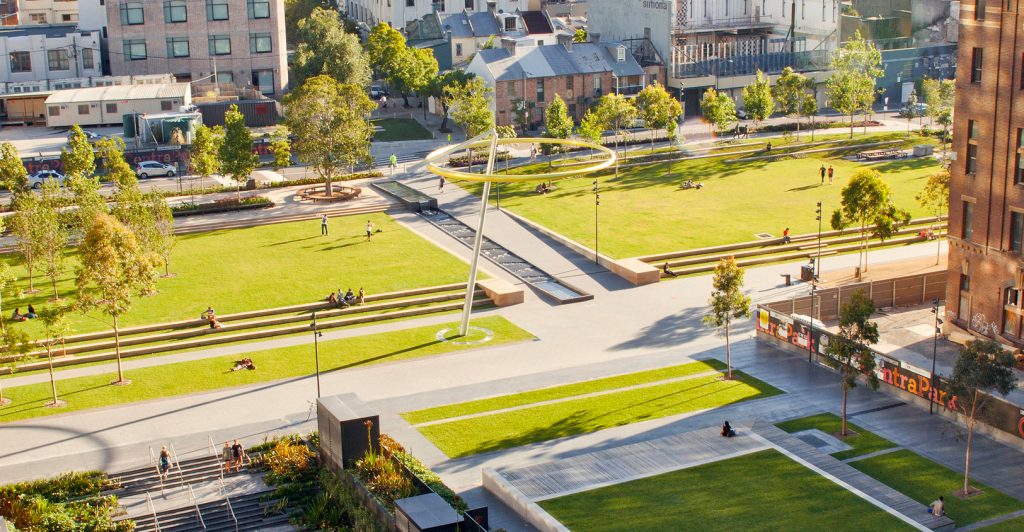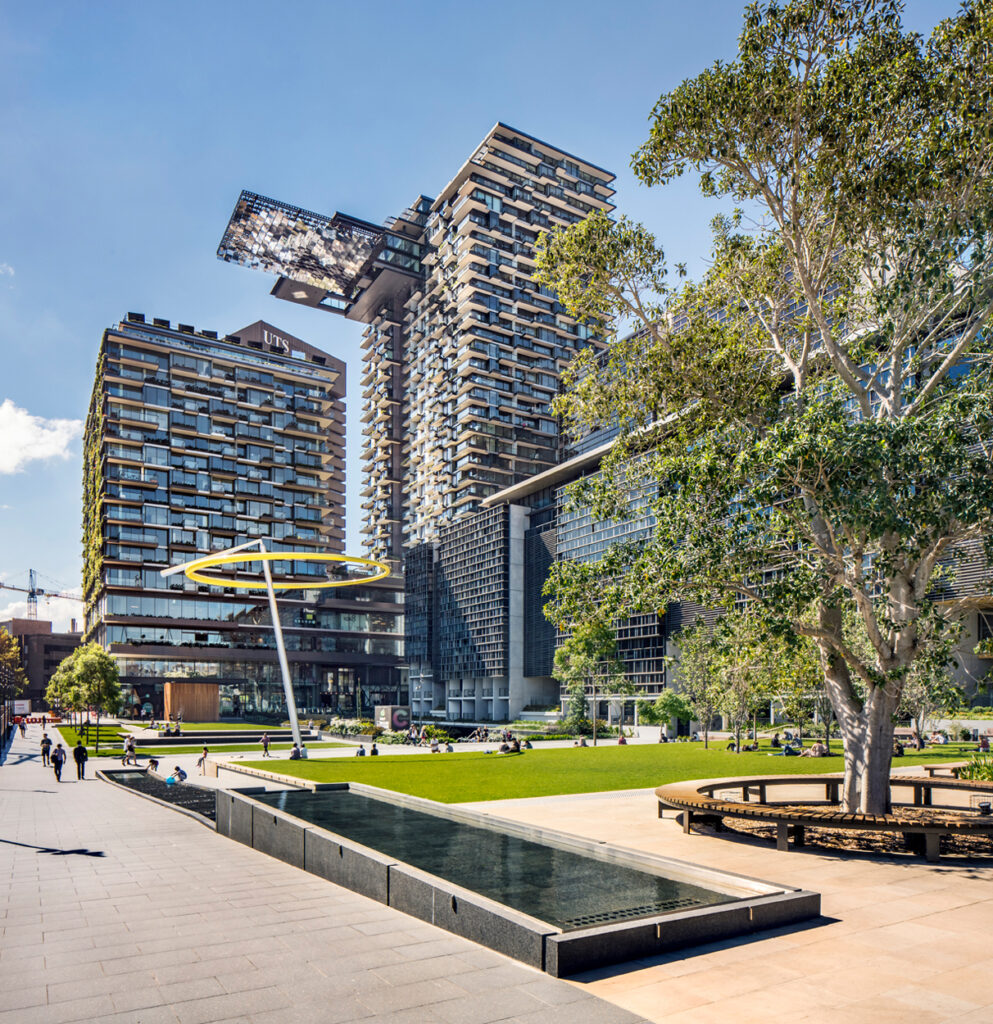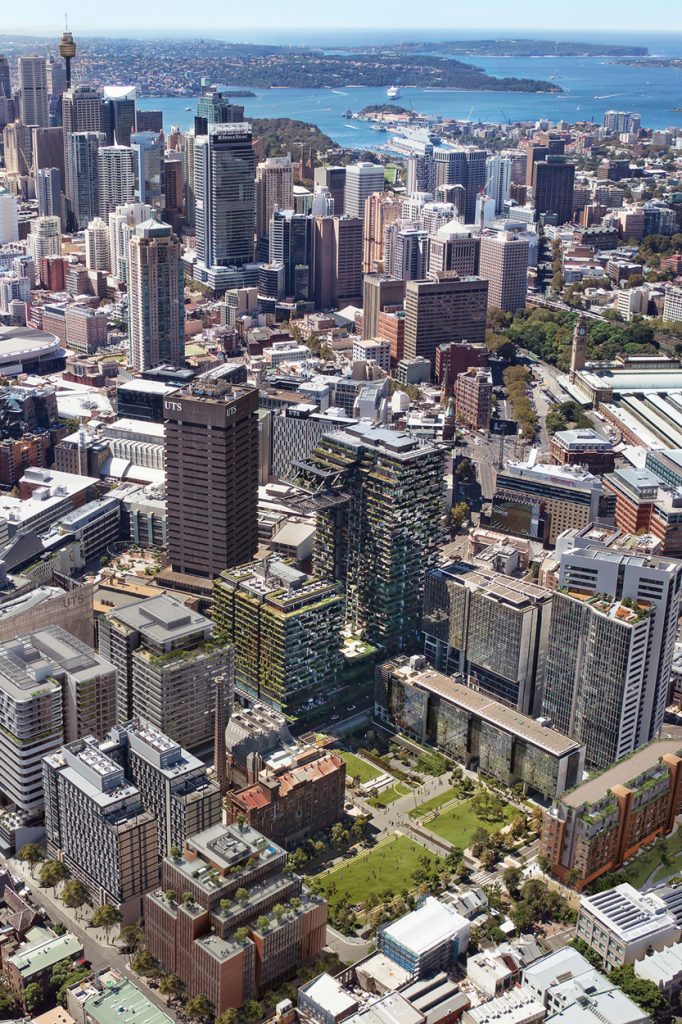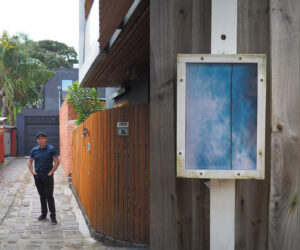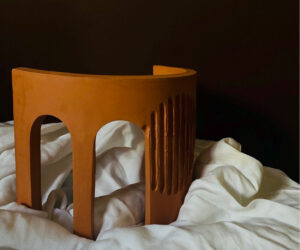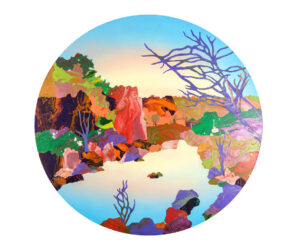Sydney CBD park and precinct recognised as one of world’s best
As governments work to create safe community spaces in a COVID-19 world, a public project transforming a derelict brewery site in Sydney’s CBD into one of the city’s most successful precincts has been recognised internationally.
Central Park Public Domain by Australian-based landscape architects and urbanists Turf Design Studio, in collaboration with Jeppe Aagaard Andersen, has been awarded the 2020 Green Good Design Award for Green Urban Planning/Landscape Architecture.
Presented jointly by the highly respected European Centre for Architecture Art Design and Urban Studies and The Chicago Athenaeum Museum for Architecture and Design, Turf Design Studio was lauded for the creation of Central Park as a welcoming place in which to replenish the spirit.
Accepting the award, Turf Design Studio Director and Founder Mike Horne said: “We have created a green oasis at the centre of what was and will be again a vibrant inner-city neighbourhood.”
“Creating vibrant spaces like Central Park is vital, particularly given the loss of family backyards over time and more recently the loss of accessible, safe outdoor spaces in general. As landscape architects, we feel it’s important to do what we can to create meaningful, beautiful, accessible and safe spaces that allow locals to have a communal garden.”
“A place where we can still throw a ball, run with the dog, play some sports; all the things we want to do need to be still done in a shared environment. In the current circumstances, the ability to indulge safely in these simple pleasures has never been more important.”
“Governments, developers, architects and landscape architects among others need to work together to ensure we can design the very best community spaces going forward – precincts that both nurture, enhance and protect community.”
Mike said Turf Design Studio believed there was the need for an urgent call to action and has outlined a five part strategy designed to address issues of urban design going forward.
Historically, our approach to urban design and development has been a fragmented one. It’s time we were more strategic. The current crisis is an undeniable tragedy, but it also offers us an opportunity, a moment in history, in which to better shape beautiful, safe, robust and healthy built environments. Just as we’ve worked together through this pandemic, we need to work together to move forward. Communities, community-leaders, urban planners and designers collaborating together.
“As urban communities around the world are forced to stay closer to home, governments, architects, developers and planners need to urgently rethink urban infrastructure to facilitate a more local lifestyle and help people adapt to a post-pandemic world, ultimately foster a more equitable, sustainable urban future.”
- “Connected Cities – We need to make good, compact cities reducing physical commute times to within 30 minutes. Cities should also improve their digital connectivity to deliver and contribute to their communities. Cities can also learn from other cities through an activated global network sharing best practices.”
- “Prioritise People – We must reimagine cities where pedestrians and cycling take priority over cars, resulting in cities with cleaner air, less sound pollution and a reduction in the consumption of fossil fuels and energy.”
- “Urban Revitalisation – It is vital that we create resilient cities by repurposing under-utilised spaces such as carparks to create more social distancing urban parks and green infrastructure.
- “Better and Affordable Neighbourhoods: We need to ensure that people can retain their housing as economic conditions worsen – a key planning and design concern, a call out for more affordable housing and especially for essential workers servicing the urban neighbourhoods. We need to better engaging residents, businesses and other stakeholders as part of the planning process to meet the needs of communities.”
- “Safety and Refuge: It is crucial that we plan for our future generations’ wellbeing by fostering spaces that offer a sense of safety and acknowledging our need for personal comfort outside of our homes. Considerations including microclimate, sunlight and ventilation are known approach to fighting disease and to establishing safe and resilient urban spaces.”
The design of Central Park Public Domain was developed for Frasers Property Australia and Sekisui House Australia in collaboration with a number of the world’s most awarded architects – Foster + Partners with Ateliers Jean Nouvel, Johnson Pilton Walker, Tonkin Zulaikha Greer and Tzannes.
Turf Design Studio with Jeppe Aagaard Andersen was commissioned by Frasers Property to reimagine the public domain of the Carlton United Brewery site at Broadway in Chippendale. Turf’s first task was to work with Foster + Partners, Ateliers Jean Nouvel, Johnson Pilton Walker, Tonkin Zulaikha Greer and Tzannes Associates to review and refine the original masterplan inherited with the project.
The site offered immense possibilities. At the heart was the former C&U Brewery, surrounded by a built fabric of some of Sydney’s oldest workers’ cottages, terraces and warehouses. From here, they conceived and expanded an interconnected network of new places – streets, lanes, parks and plazas; each unique yet forming a whole greater than the sum of its parts. A plan that both unites the site and restitches the city.
At the heart of the site is Chippendale Green; a north-facing park of terraced, sun-drenched lawns tucked away from the frenetic pace of the city and set back from Broadway to create an intimacy rarely achieved in a part that size within the CBD. Orientating the park’s long axis with the frontage of existing Chippendale terraces proved vital in creating a place of meaning and connectedness for the community.
